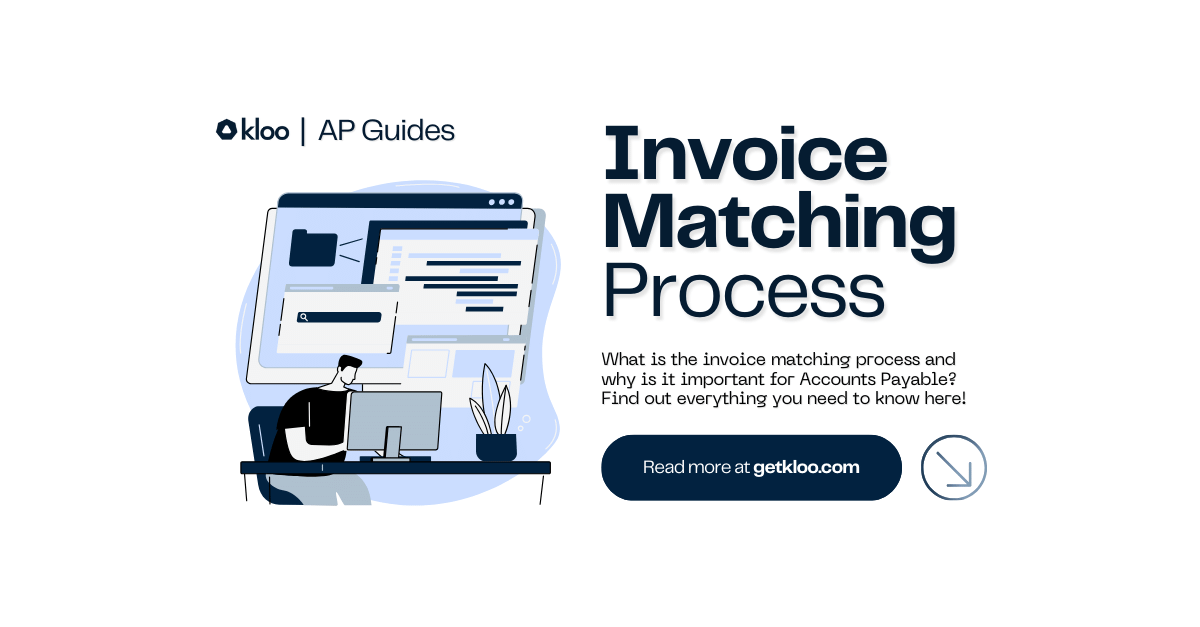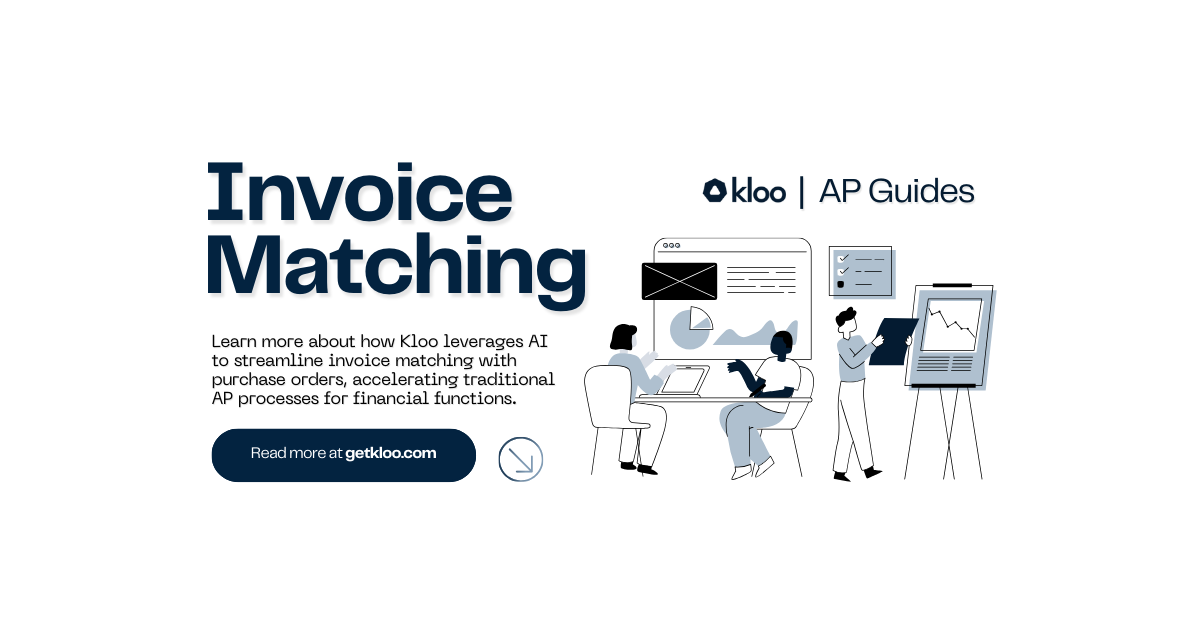
Purchase Order Matching: Understanding it's Role in Modern Businesses
What is PO Matching?
Purchase Order (PO) matching is a critical AP process used in accounting and finance departments to ensure that transaction records are accurate and that businesses only pay for goods or services they actually receive. It involves comparing the details on a purchase order to those on the related invoice and, in some cases, additional documentation like delivery receipts.
There are two primary types of PO matching:
- Two-way matching compares the purchase order to the invoice to ensure that the quantities, price, and terms agreed upon match those billed.
- Three-way matching adds another layer by also comparing these documents to the receiving report, confirming that the goods or services were received as intended before the invoice is approved for payment.
PO Matching vs. Invoice Matching: What's the Difference?
Used interchangeably, PO matching and invoice matching refer to the same process of matching an invoice to a PO to verify that the invoice details accurately reflect the original purchase order and, in 3-way matching, the goods receipt. This verification helps prevent overpayments, duplications, and fraudulent transactions.
Why Is It Important ?
PO matching is crucial for maintaining financial control in modern businesses.
- Financial Control: Ensures payments are made only for received items, preventing financial loss from overpayments or fraudulent charges.
- Budget Adherence: Helps businesses manage their budgets better by avoiding unauthorised purchases.
- Audit Readiness: Creates a clear audit trail for transactions, from purchase requisition to payment.
- Vendor Relations: Improves vendor relationships by ensuring timely and correct payments, avoiding disputes over invoicing.
Automating PO Matching: How Automation Is Transforming PO Matching
Automated PO matching transformed a once time-consuming and error-prone process into a near-instantaneous automatic feature of AP systems. Once relying on rules-based automation, many businesses are now looking to AI automation to power their PO matching.
In this blog we will keep it simple and explore the key benefits of automation in general, if you'd like to know more about rules-based versus AI-powered matching, you can read more here.
- Increased Efficiency: Automation significantly speeds up the matching process, freeing up staff for higher-value tasks.
- Reduced Errors: Minimises the chances of human error and the risk of incorrect matches, or invoices falling through the cracks and remaining unmatches. This ensures more complete and reliable financial records, keeping your team audit-ready.
- Scalability: As business volume grows, automated systems can handle increased transactions without the need for proportionally increasing staff.
- Enhanced Visibility: Automated systems provide real-time insights into the status of transactions, improving financial monitoring and control.
The Bottom Line
PO matching, also known as invoice matching, plays a vital role in the financial health and operational efficacy of modern businesses. Automating the PO matching process not only enhances these aspects but also positions companies for better financial management and growth.
Keen to learn more? You can read our full guide to invoice matching here.
Let's get started

